Steven Spielberg’s Jurassic Park wasted no time becoming the highest-grossing film of all time in 1993. It’s a triumph of science fiction, suspenseful filmmaking, and storytelling in general that captivated audiences around the world with the perfect mix of spectacle and substance. It has since been followed by two sequels, a reboot, and a sequel to the reboot, with a sequel to the sequel to the reboot on the way.
But none of the follow-ups have come close to recapturing the magic of the original. There are many reasons for this, so here are 10 Things That Made The Original Jurassic Park Great (That The Sequels Have Missed).
10 Well-Rounded Characters

While viewers of the Jurassic World movies know Owen Grady as “Chris Pratt” and Claire Dearing as “the one who ran in high heels,” viewers of Jurassic Park know exactly who Alan Grant is, and exactly who Ellie Sattler is. Alan starts off the movie hating kids and ends up caring for two of them, while Ellie holds onto fiercely feminist values in the face of sexists like John Hammond in a male-dominated field.
The role of Ian Malcolm went on to define Jeff Goldblum’s on-screen persona. The original Jurassic Park movie took the time to develop its characters, which very few blockbusters bother to do these days.
9 Strong Themes
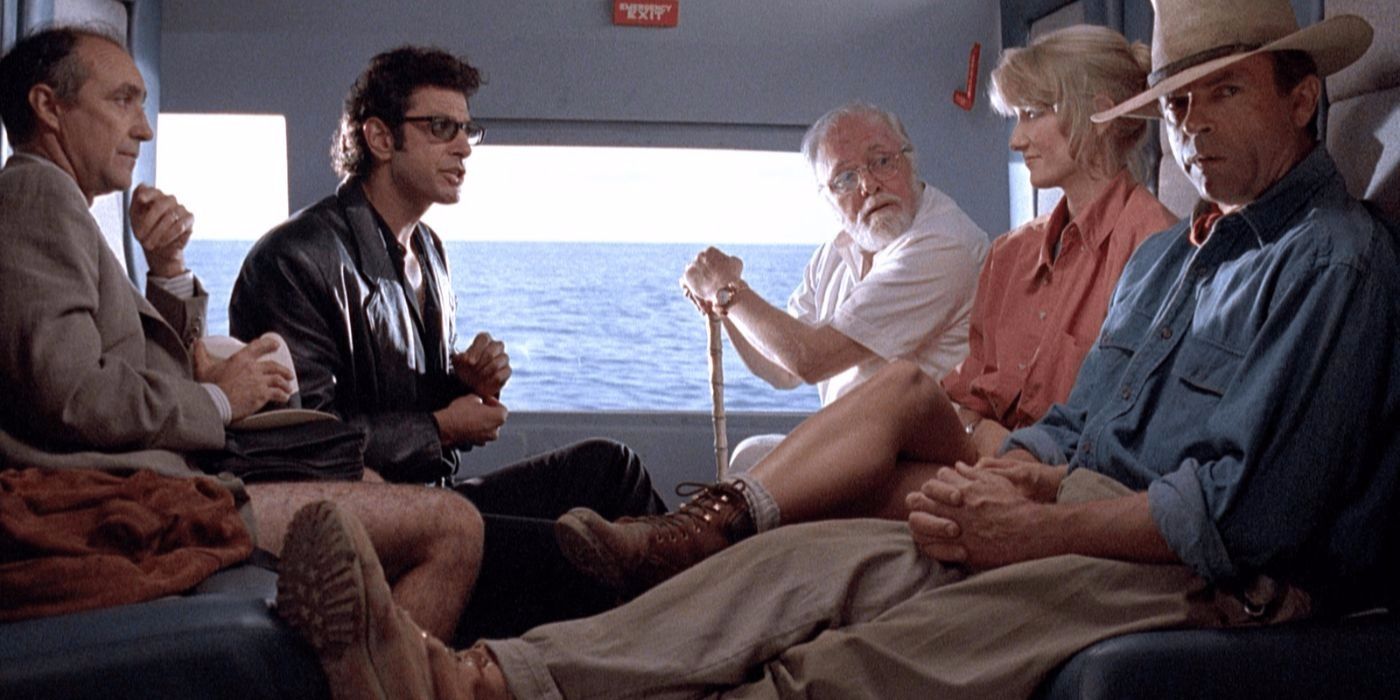
Jurassic Park deals with some lofty ideas, like chaos theory and capitalism, through its dino-infested action. The message behind pretty much every Jurassic sequel can be summed up as: nature good, military bad. Jurassic Park is a complex cautionary tale about the dangers of playing God.
The characters and their viewpoints are drawn from those themes: for example, when Ian Malcolm tells John Hammond, “Your scientists were so preoccupied with whether or not they could, they didn’t stop to think if they should.”
8 Favoring Practical Effects Over CGI
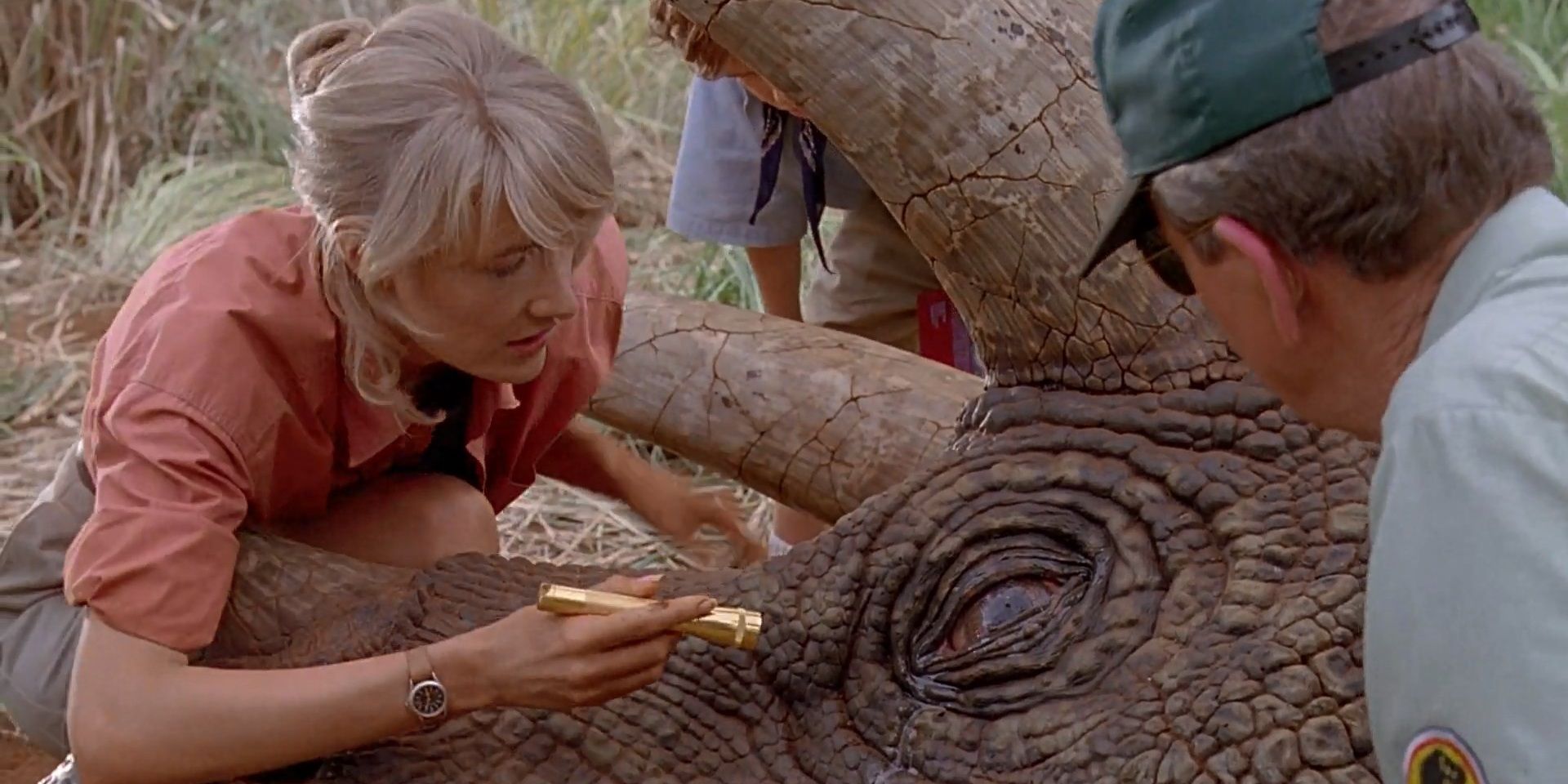
The team working on the original Jurassic Park pioneered early CGI technologies to create some of the VFX shots, and a lot of that CGI still holds up surprisingly well today. But if there was a special-effects shot that Spielberg could do practically, he did it practically.
CGI was just a last resort if a shot couldn’t be achieved using practical effects. CGI is the go-to in today’s Jurassic sequels, with basically no practical effects, but the practical stuff in Jurassic Park – designed by the great Stan Winston – is timeless.
7 Careful Framing
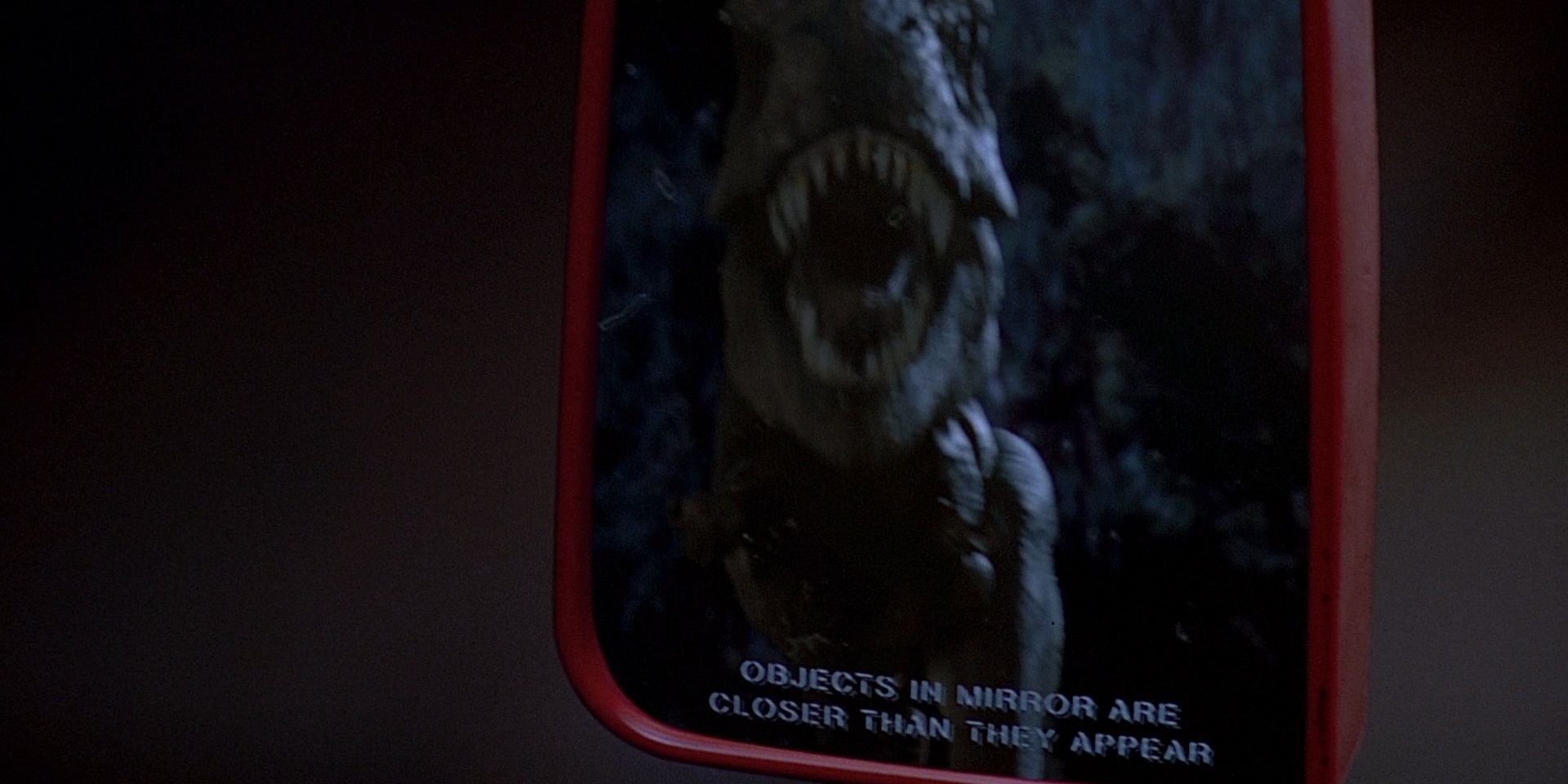
Martin Scorsese famously said that filmmaking is all a matter of what is in the frame and what isn’t in the frame. In Jurassic Park, a lot is left to the viewer’s imagination. Steven Spielberg pioneered this technique as a money-saving tactic when he was making Jaws and it ended up making the movie an effective thrill-ride.
In Jurassic Park, he applies it deliberately in scenes like the dinosaur feeding where we see shrubbery shaking with sound effects of a live goat being ripped to shreds. The sequels don’t leave anything to our imagination, lazily showing the dinosaurs at every turn for some cheap spectacle.
6 No Plot Holes
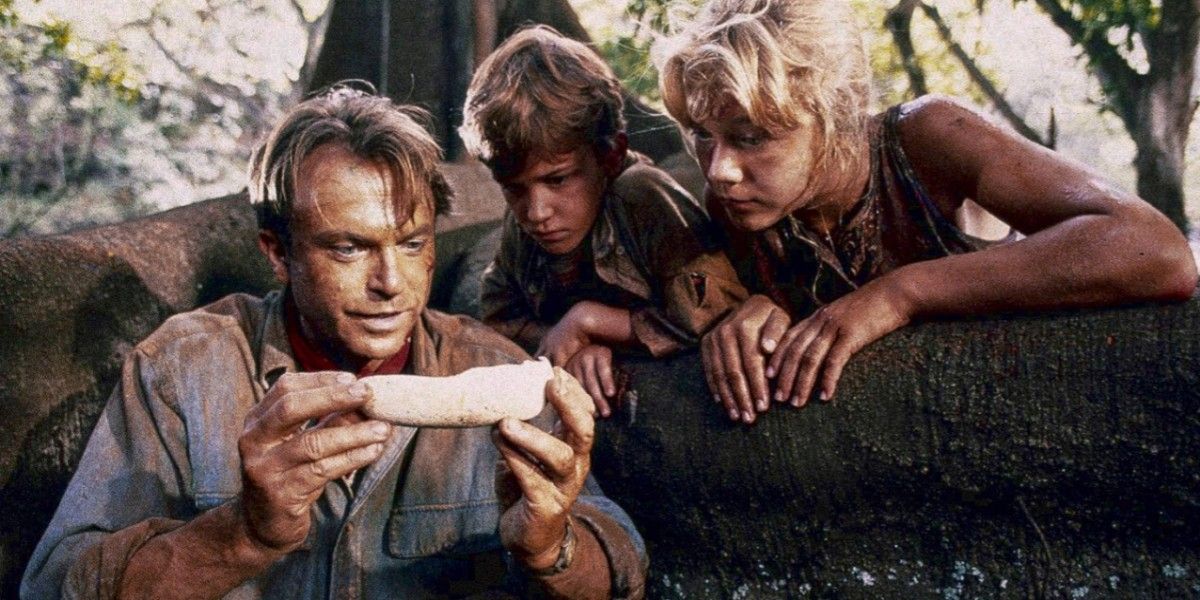
The Jurassic sequels are filled with plot holes, from characters making stupid decisions (e.g. using gymnastics to kill a raptor in The Lost World) to plot developments that just plain don’t make sense (e.g. are we seriously supposed to believe that there’s been an active volcano on this island the entire time and no one thought that was a concern until it erupted?).
In Jurassic Park, there aren’t any plot holes. Michael Crichton and David Koepp’s script is airtight: the characters’ motivations make sense, each plot point leads smoothly into the next, and there aren’t any gaps in the story’s logic.
5 Suspenseful Filmmaking Techniques
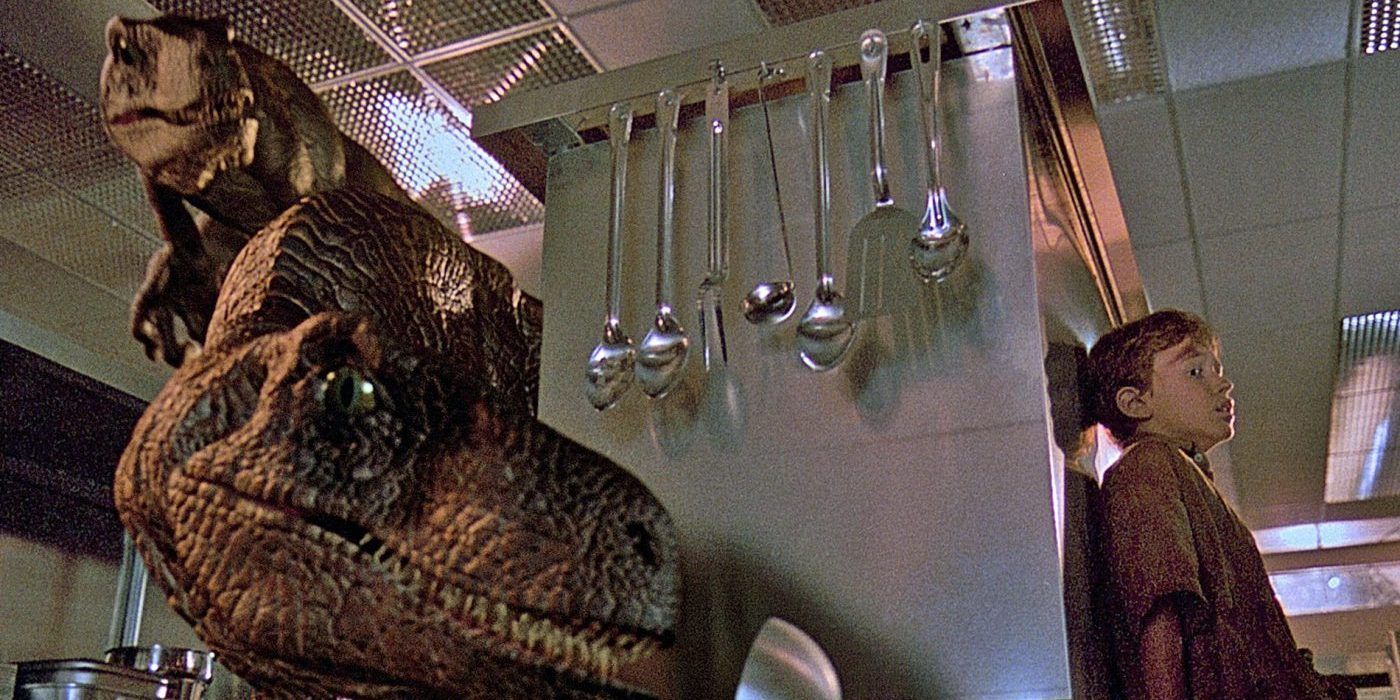
If Alfred Hitchcock saw the T. rex attack or the raptors-in-the-kitchen sequence from Jurassic Park, he would’ve been proud. Steven Spielberg didn’t just put a dinosaur in each frame and expect that alone to make it interesting.
He played around with lighting, editing, camera angles, and tense music to actually build suspense throughout each set piece.
4 Taking The Humans’ Perspective
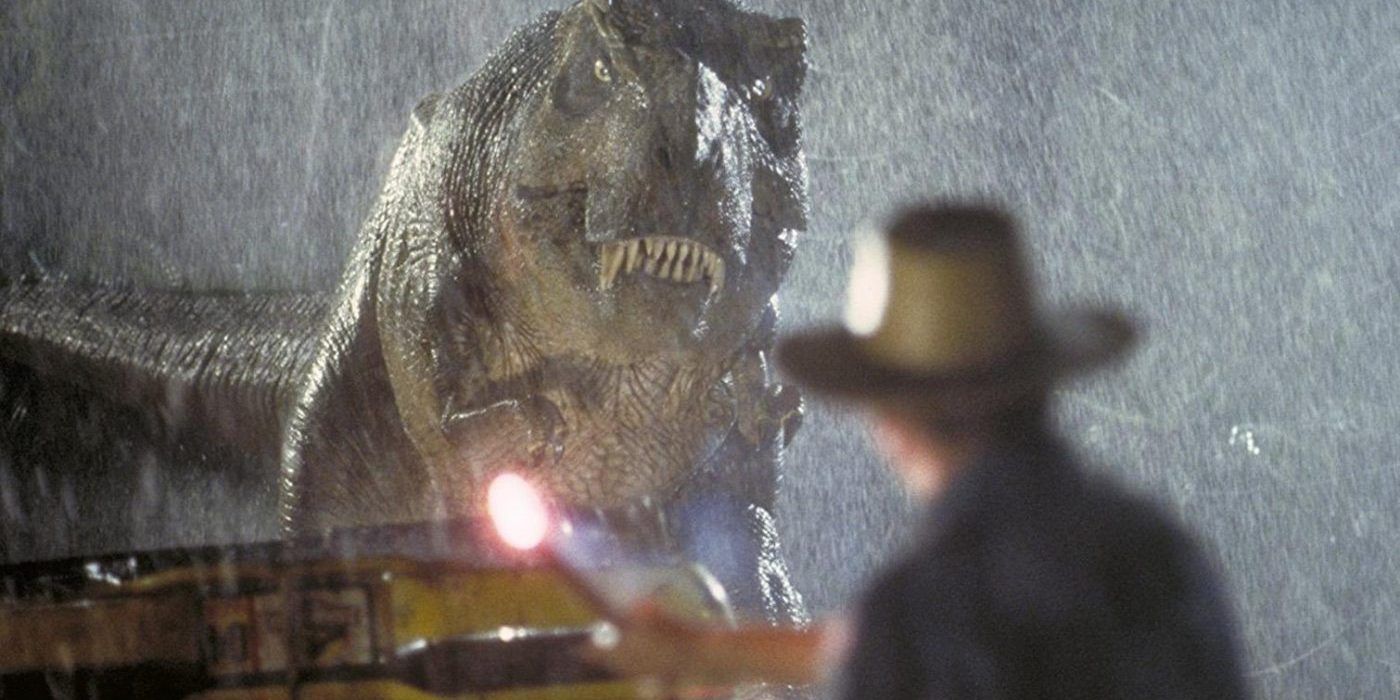
There’s a shot in Jurassic World: Fallen Kingdom of a T. rex standing over Chris Pratt, roaring. The whole marketing campaign was built around this moment. But it has no impact, because it’s a wide shot, taken from 20 feet in the air. We’re not looking at the T. rex from Chris Pratt’s perspective; we’re looking at Chris Pratt from the T. rex’s perspective. And none of us are T. rexes – we’re all people, like Chris Pratt – so we have no emotional response to this.
In the first movie, however, Steven Spielberg always kept the camera at the humans’ perspective. If a dinosaur breaks through a car window, the camera is in the car. It’s much more effective than the bland coverage seen in today’s blockbusters.
3 John Williams’ Score
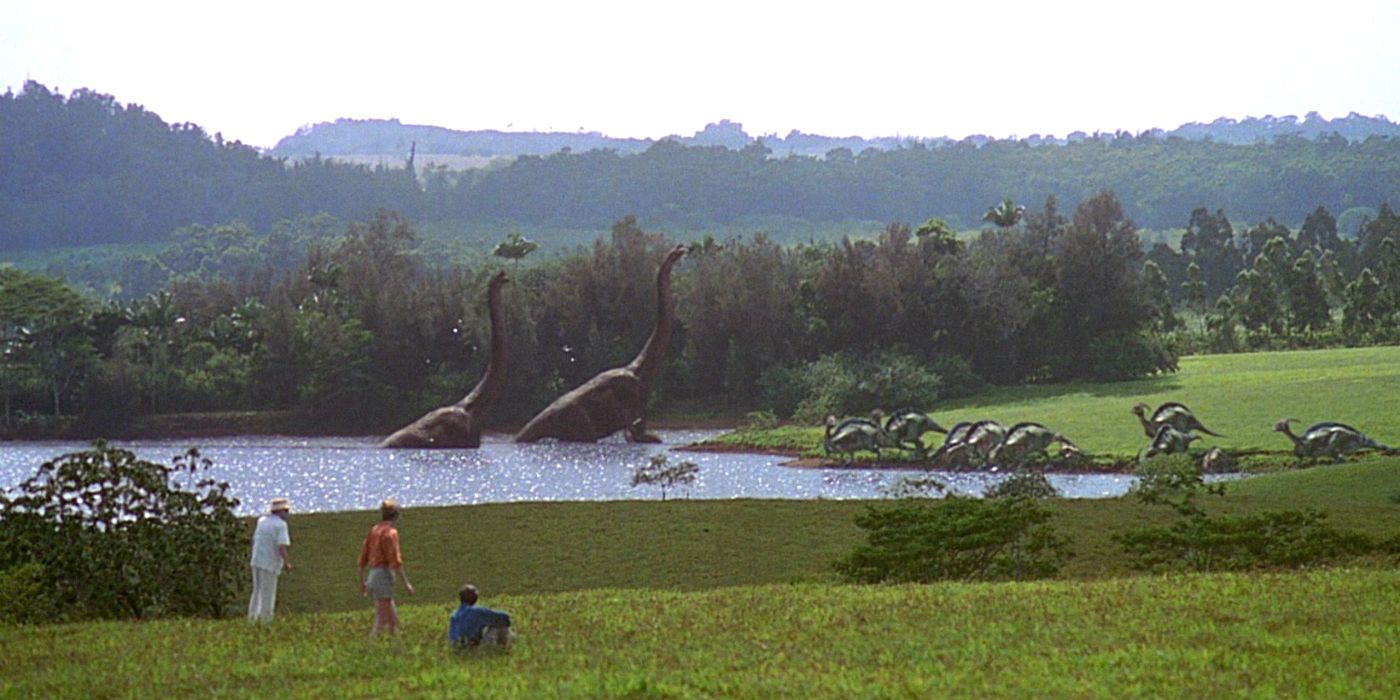
A huge part of what made Jurassic Park such a breathtaking moviegoing experience was the sweeping score composed by John Williams.
Williams composed the score for The Lost World, but he avoided his themes from the first one and went for a completely different style that didn’t work at all, and every subsequent movie was scored by someone else. Williams’ score for the original Jurassic Park is one of the greatest ever composed.
2 It’s A Modern Retelling Of Frankenstein
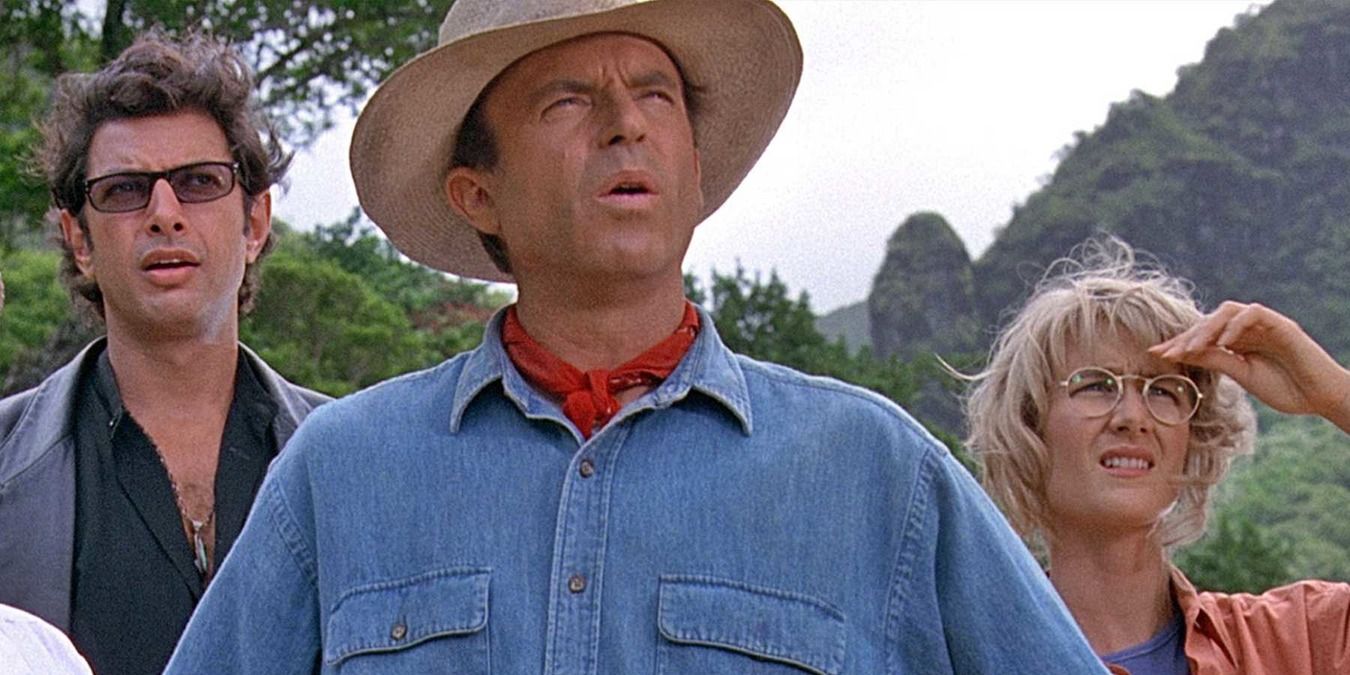
The Jurassic sequels have been about everything from a T. rex wandering through the streets of San Diego to the reunion of a divorced couple to a little girl finding out she’s a clone and dooming the world due to some weird kinship she feels with the dinosaurs. The filmmakers have lost sight of what made Jurassic Park work as a quintessential science fiction story: it was a modernized retelling of Frankenstein.
This isn’t to say that every Jurassic movie should copy the plot from the first one, but they should be following the essential, groundbreaking philosophical debates that Mary Shelley opened with her gothic classic. (And no, that doesn’t mean turning them into haunted house movies, a la the second half of Jurassic World: Fallen Kingdom.)
1 An Earned Finale
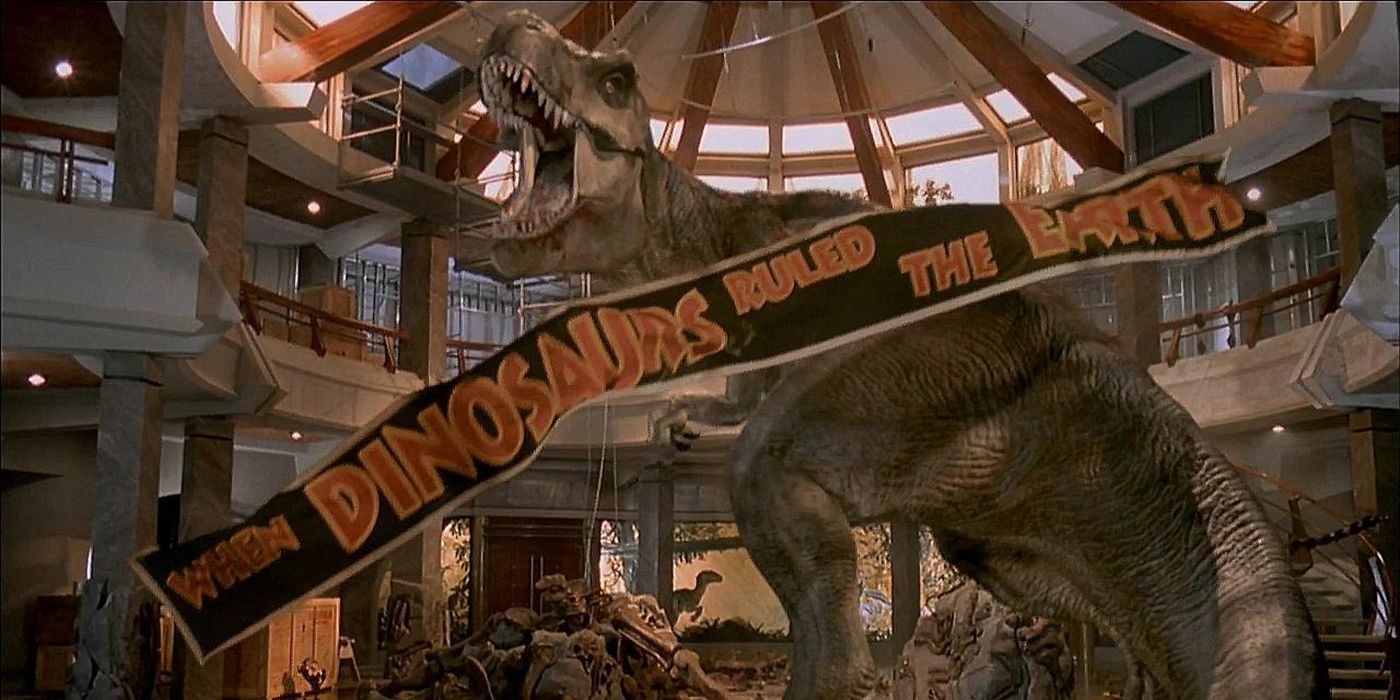
All throughout Jurassic Park, the characters are separately terrorized by a T. rex and a couple of velociraptors. In the climactic set-piece, the T. rex and the raptors take care of each other. The message is that, in the end, nature will work itself out. This thrilling finale feels earned, because of the way the story built up to it.
The Jurassic sequels have climaxes that either come out of nowhere, like the Godzilla-inspired ending of The Lost World, or rip off the originals to lesser effect, like Jurassic World’s similar battle that just throws every dinosaur at the screen to see what sticks.
from ScreenRant - Feed https://ift.tt/37qcasT

0 comments:
Post a Comment